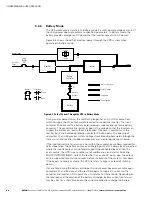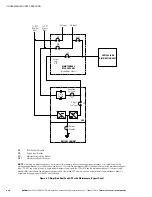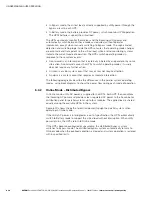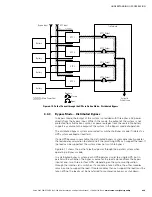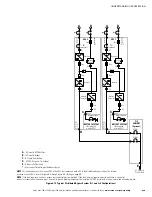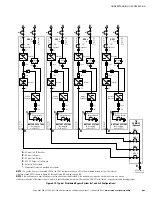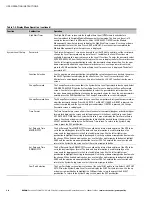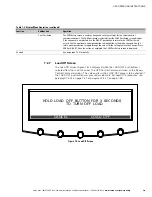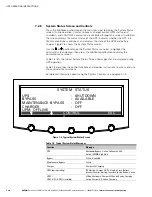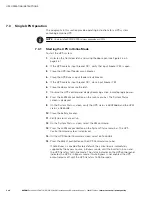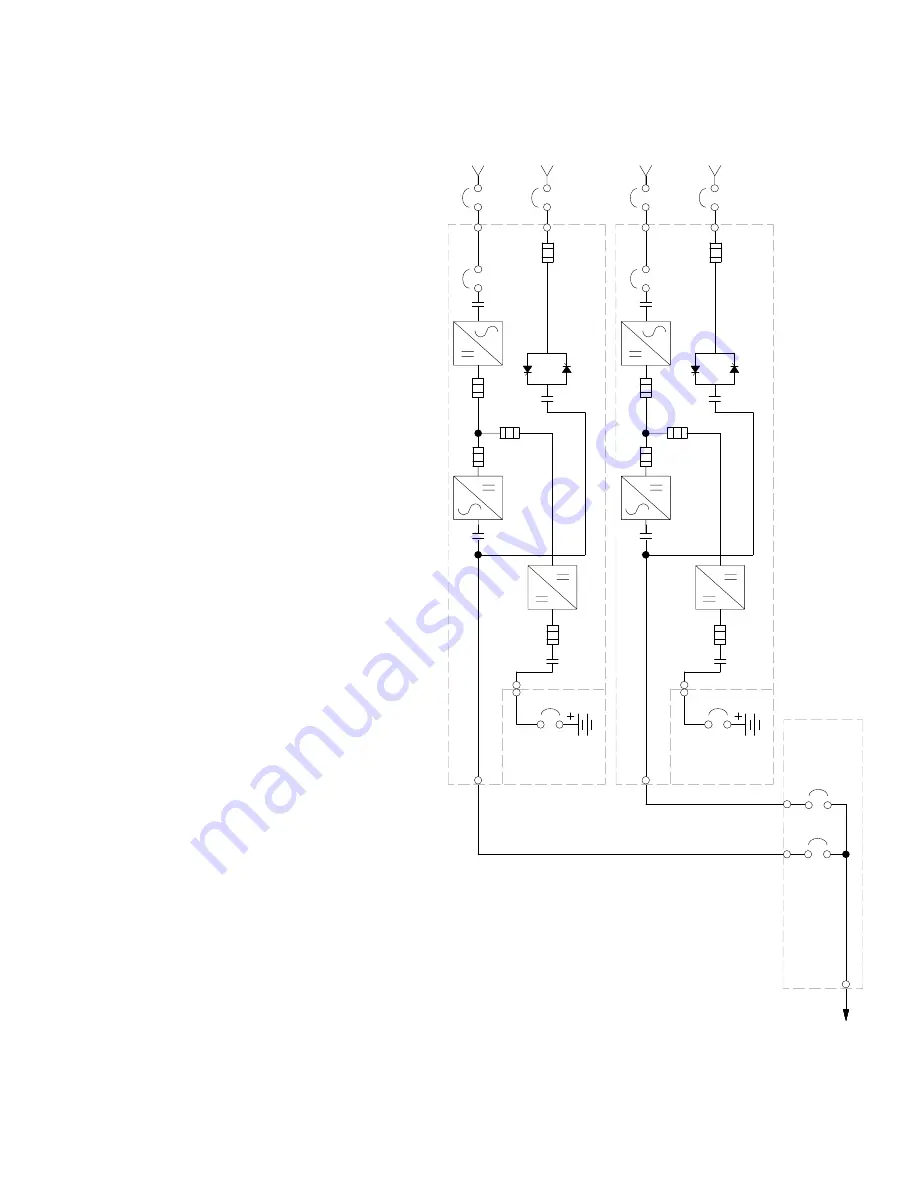
UNDERSTANDING UPS OPERATION
Eaton 9395 550/275 UPS (225–550 kVA) Installation and Operation Manual
S
164201716 Rev 2
www.eaton.com/powerquality
6-19
Battery Breaker
Battery
Converter
Inverter
K3
Fuse
Rectifier
K1
K2
Fuse
Fuse
Fuse
E6
E7
E8
E12
K5
Static
Switch
Fuse
E1
E2
E3
CB1
(optional)
UPS 1
A
B
TIE
CABINET
(Optional)
E
AC Output to
Critical Load
E4. E5
BATTERY SYSTEM
MOB 1
MOB 2
(Not supplied
with the UPS)
C
E9,
E10,
E11,
E12
D
Battery Breaker
Battery
Converter
Inverter
K3
Fuse
Rectifier
K1
K2
Fuse
Fuse
Fuse
E6
E7
E8
E12
K5
Static
Switch
Fuse
E1
E2
E3
CB1
(optional)
UPS 2
A
B
E4. E5
BATTERY SYSTEM
(Not supplied
with the UPS)
C
E9,
E10,
E11,
E12
D
*
*
*
*
NOTE
This oneline does not show each UPM in the UPSs, but represents each UPS in the distributed bypass system. The internal
structure of each UPS is shown in Figure 6‐5 through Figure 6‐8 starting on page 6-8.
NOTE
If the load requires a neutral, a bypass source neutral must be provided. If the load does not require a neutral and there is no neutral
conductor connected at the bypass input, a neutral to ground bonding jumper must be installed. DO NOT install both a source neutral and a bonding jumper.
A
– AC Input to UPS Rectifier
B
– AC Input to Bypass
C
– DC Input from Battery
D
– UPS AC Output to Tie Cabinet
E
– Output to Critical Load
*
– Overcurrent Protection provided by customer
*
Figure 6‐13. Typical Distributed Bypass System (1+1 and 2+0 Configurations)


